Cats are truly fascinating creatures, and one of their most intriguing features is their whiskers. These delicate, hair-like structures are not just for show; they play a crucial role in how cats perceive and interact with their environment. Whether you’re a seasoned cat enthusiast or just curious about these enigmatic animals, understanding how cats use their whiskers can provide insight into their mysterious world.
The Science Behind Whiskers
Whiskers, scientifically known as vibrissae, are specialized hairs that are deeply embedded in a cat’s skin. Unlike regular fur, whiskers are connected to a rich supply of nerves, making them incredibly sensitive to touch and vibration. This sensitivity allows cats to detect even the slightest changes in their surroundings, which is essential for their survival in the wild. In essence, whiskers act as a cat’s radar, providing them with a detailed map of their environment.
Structure and Placement of Whiskers

A cat’s whiskers are strategically placed to maximize their effectiveness. They are located on the muzzle, above the eyes, on the chin, and even on the back of the legs. This placement allows cats to gather information from all directions, helping them to navigate tight spaces and detect potential threats. The length of the whiskers is roughly the width of a cat’s body, which helps them determine if they can fit through narrow openings.
Whiskers and Spatial Awareness
Cats rely heavily on their whiskers for spatial awareness, especially in low-light conditions. When a cat walks, its whiskers are constantly moving, brushing against objects and sending signals to the brain about the size and shape of the environment. This ability is particularly useful at night when visibility is limited. In many ways, whiskers are like a cat’s night vision goggles, allowing them to move gracefully and confidently in the dark.
Detecting Changes in Air Currents

One of the lesser-known functions of whiskers is their ability to detect changes in air currents. This is particularly useful for hunting, as it allows cats to sense the presence of prey or predators without seeing them directly. When a cat’s whiskers detect a change in the air, it can quickly adjust its position or strategy, ensuring a successful hunt or a swift escape.
Communication and Emotional Expression

Whiskers are not just tools for navigation; they also play a role in communication and emotional expression. Cats can move their whiskers forward or backward, depending on their mood. For example, when a cat is curious or excited, its whiskers will be pushed forward. Conversely, when a cat feels threatened or scared, its whiskers will be pulled back against its face. Observing a cat’s whiskers can provide valuable clues about its emotional state.
Whisker Fatigue: A Real Phenomenon
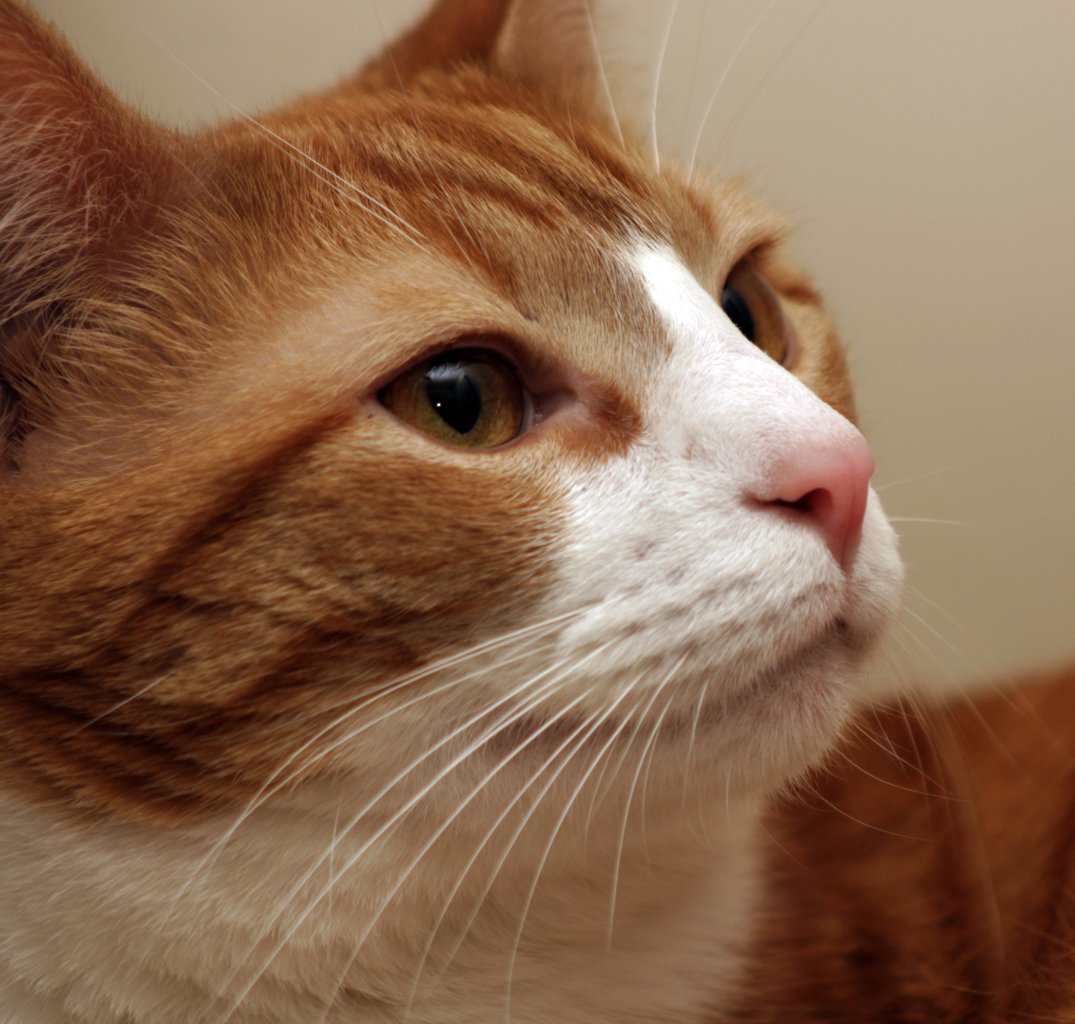
Whisker fatigue is a condition that occurs when a cat’s whiskers are overstimulated. This can happen when a cat is constantly exposed to environments that require excessive sensory input, such as narrow bowls or cluttered spaces. Signs of whisker fatigue include reluctance to eat from a bowl, frequent head shaking, and general irritability. Providing a cat with a whisker-friendly environment can help alleviate this condition.
Role in Balance and Coordination
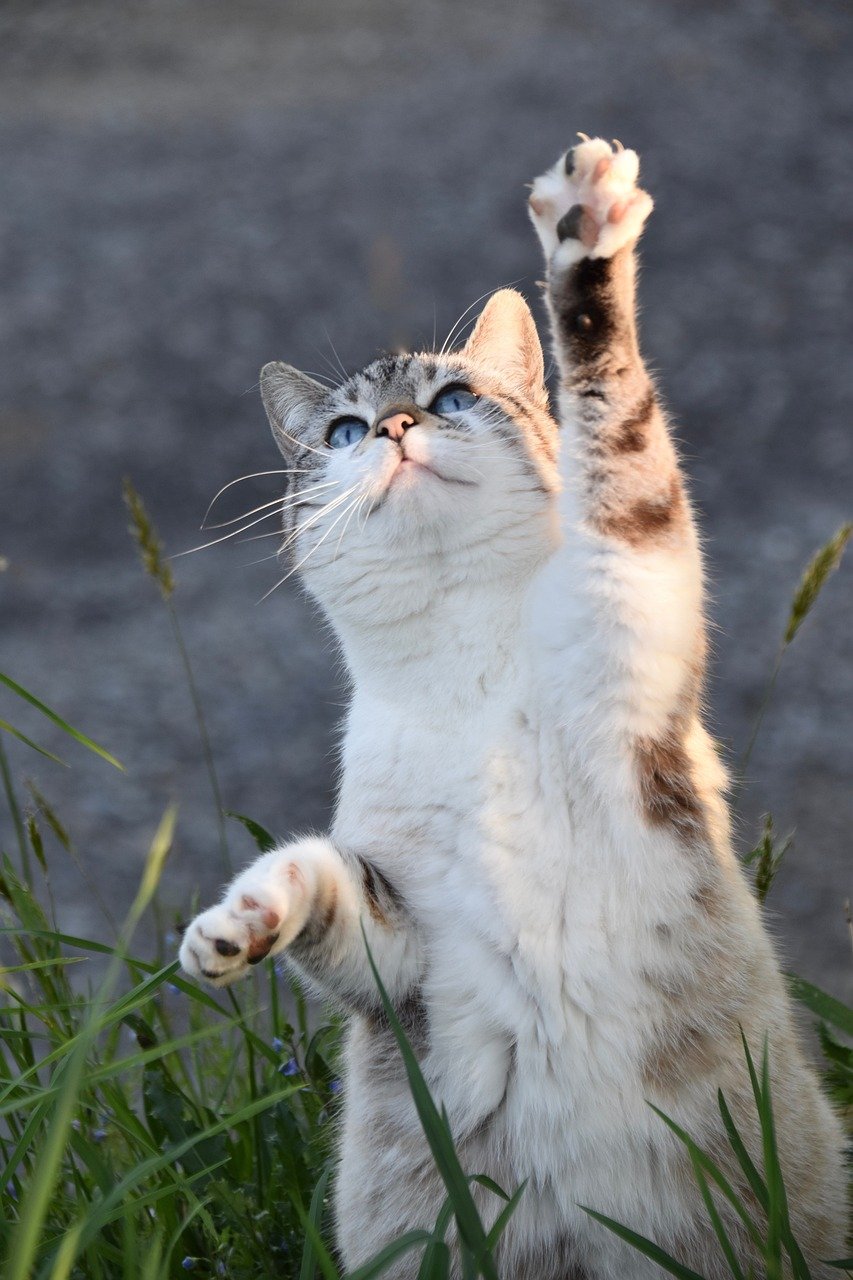
While whiskers are primarily known for their sensory capabilities, they also play a role in a cat’s balance and coordination. The whiskers on a cat’s legs, in particular, help them assess the terrain and maintain stability while walking or climbing. This is why cats can often be seen gracefully balancing on narrow ledges or making precise jumps without hesitation.
Whiskers in Hunting and Play
During hunting or play, a cat’s whiskers are in constant motion, gathering information about its prey or surroundings. The forward movement of the whiskers allows cats to detect the slightest movements of their target, ensuring a successful capture. Even domesticated cats exhibit this behavior, using their whiskers to enhance their playtime activities.
Whiskers and Grooming
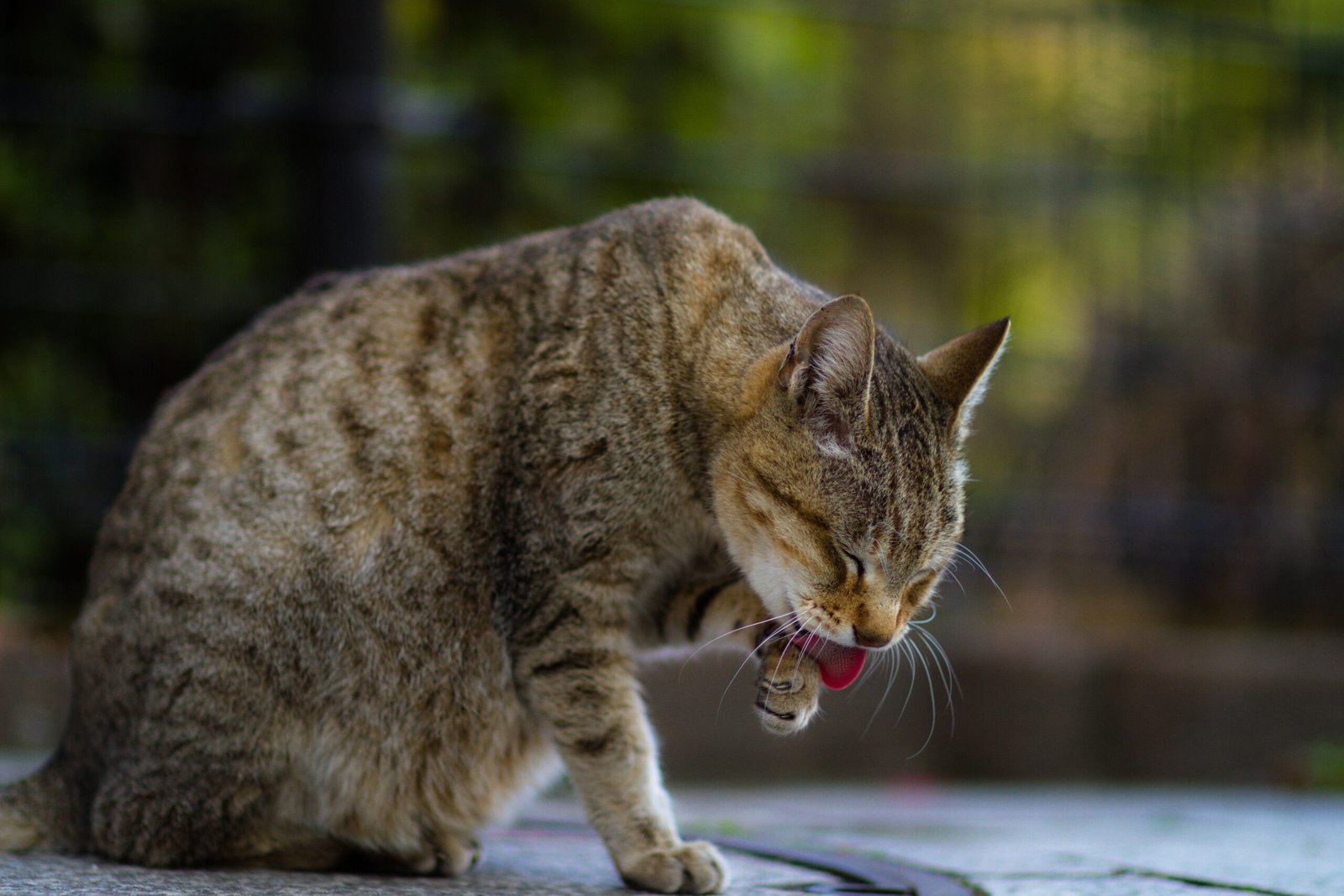
Grooming is an essential part of a cat’s daily routine, and whiskers play a crucial role in this process. Cats use their whiskers to navigate their bodies, ensuring that they groom every inch of their fur. The sensitive nature of whiskers means that cats can detect even the smallest particles of dirt or debris, making them meticulous groomers.
Whisker Loss and Regrowth
While whiskers are incredibly durable, they can occasionally be damaged or lost. Fortunately, cats have the ability to regrow their whiskers, much like their fur. However, during the regrowth period, a cat may experience temporary difficulties in navigation or balance. It’s crucial for cat owners to ensure their pets have a safe environment during this time.
Whiskers and Aging

As cats age, their whiskers may become more brittle or less sensitive. This can affect a cat’s ability to navigate its environment or detect changes in air currents. Older cats may rely more heavily on their other senses, such as sight and hearing, to compensate for any loss in whisker sensitivity. Providing a supportive environment for aging cats can help them maintain their quality of life.
Adapting to Different Environments
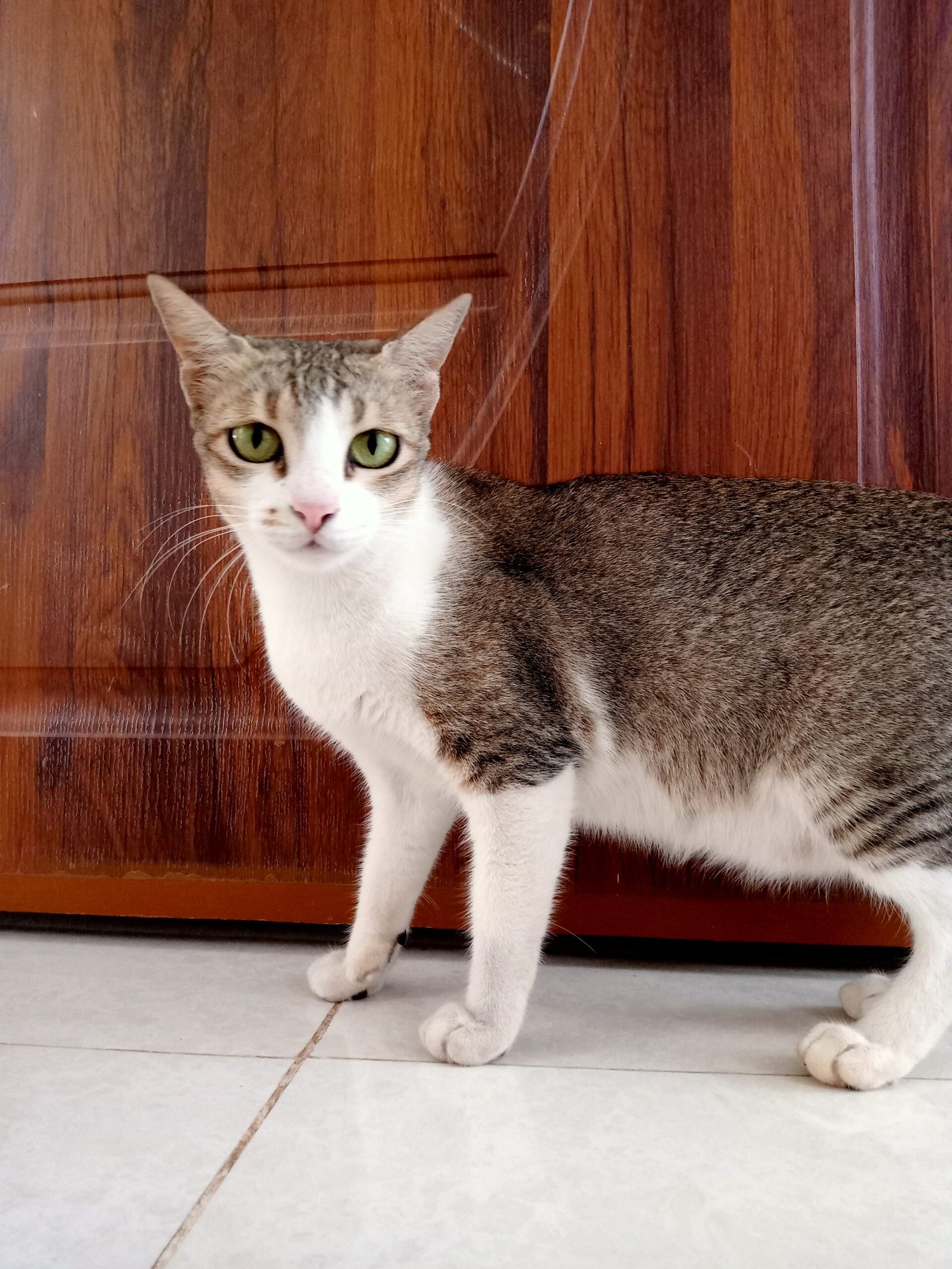
Cats are incredibly adaptable creatures, and their whiskers play a significant role in their ability to adjust to new environments. Whether a cat is exploring a new home or venturing into the great outdoors, its whiskers provide essential information about the surroundings. This adaptability is one of the reasons cats have been able to thrive in diverse habitats around the world.
The Importance of Whisker Health
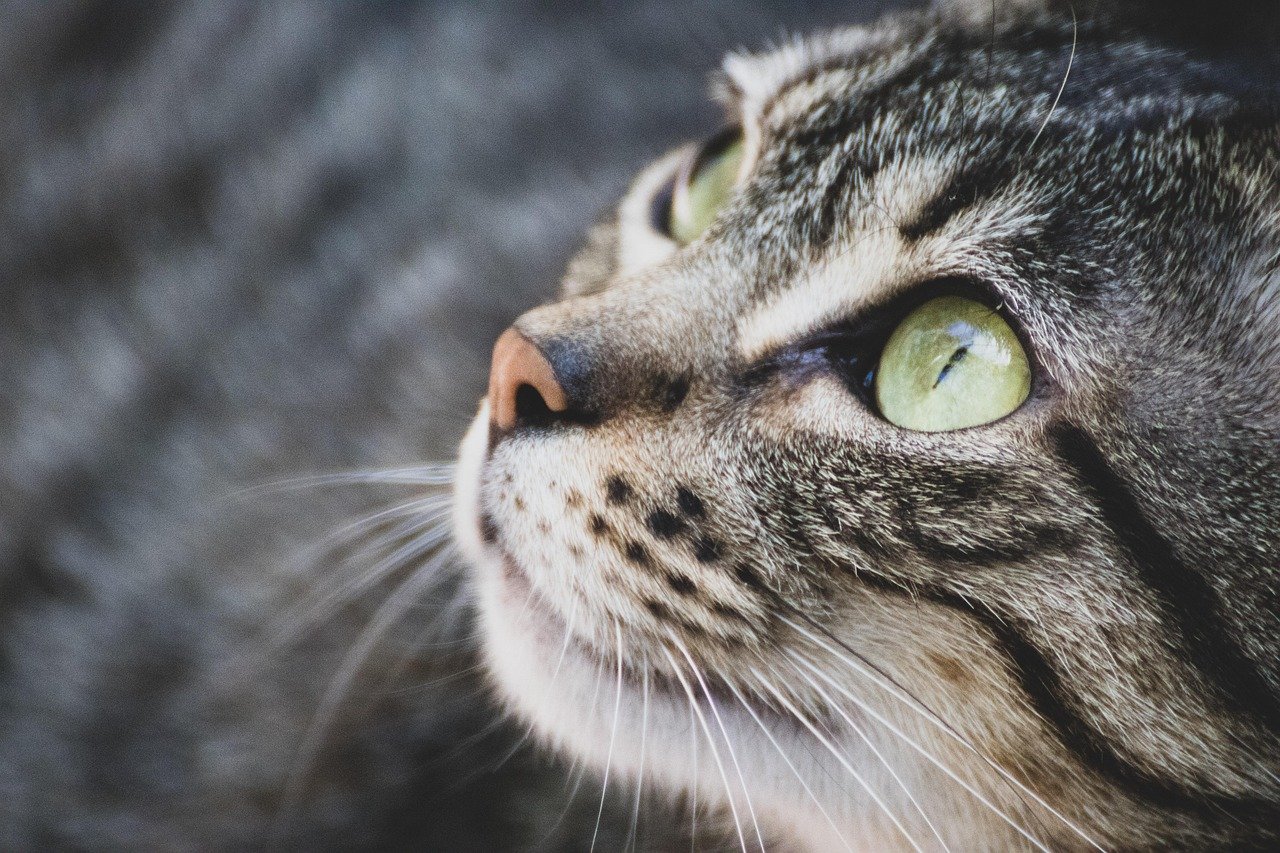
Maintaining the health of a cat’s whiskers is crucial for their overall well-being. Cat owners should avoid cutting or trimming their pet’s whiskers, as this can impair their ability to navigate and communicate. Providing a whisker-friendly environment, free from excessive clutter or narrow spaces, can help ensure a cat’s whiskers remain healthy and functional.
Understanding Whisker Sensitivity
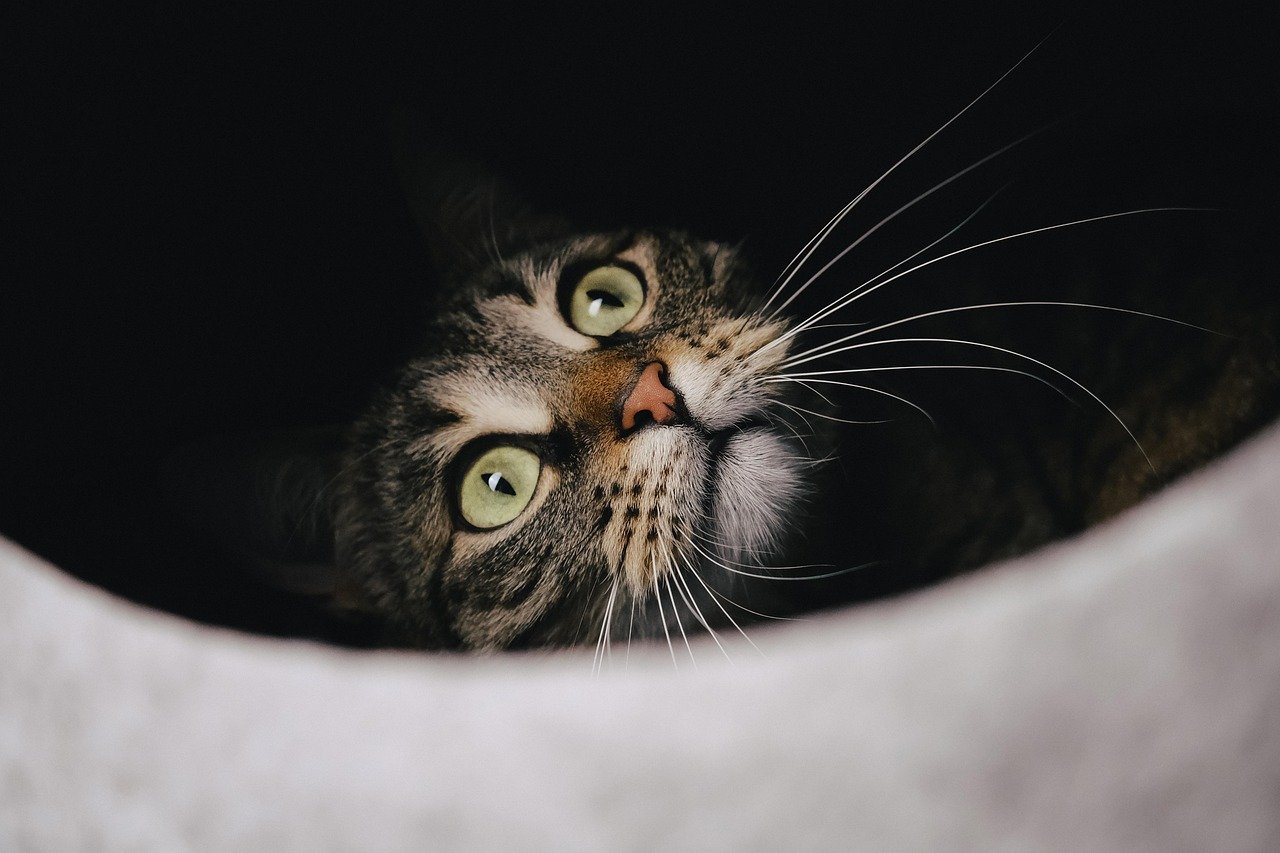
Whiskers are incredibly sensitive, and even the slightest touch can be detected by a cat. This sensitivity is why cats often dislike having their whiskers touched or manipulated. Understanding and respecting a cat’s whisker sensitivity can improve the bond between pet and owner, ensuring a positive and stress-free relationship.
Whisker Myths and Misconceptions
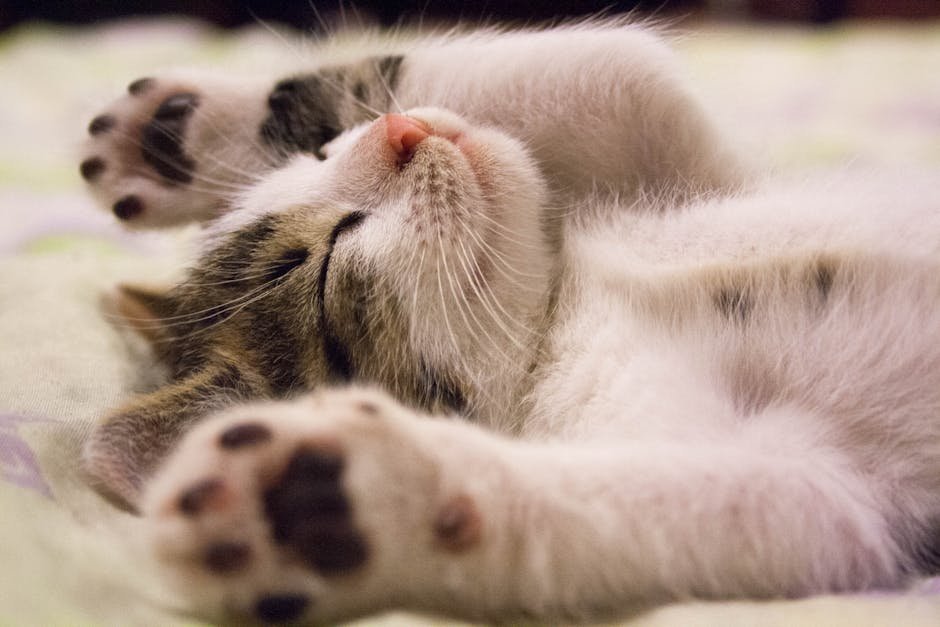
There are several myths and misconceptions surrounding cat whiskers. One common myth is that cutting a cat’s whiskers will cause them to lose balance. While it’s true that whiskers play a role in navigation, cutting them won’t cause a cat to fall over. However, it can lead to confusion and disorientation, highlighting the importance of leaving whiskers intact.
The Evolution of Whiskers
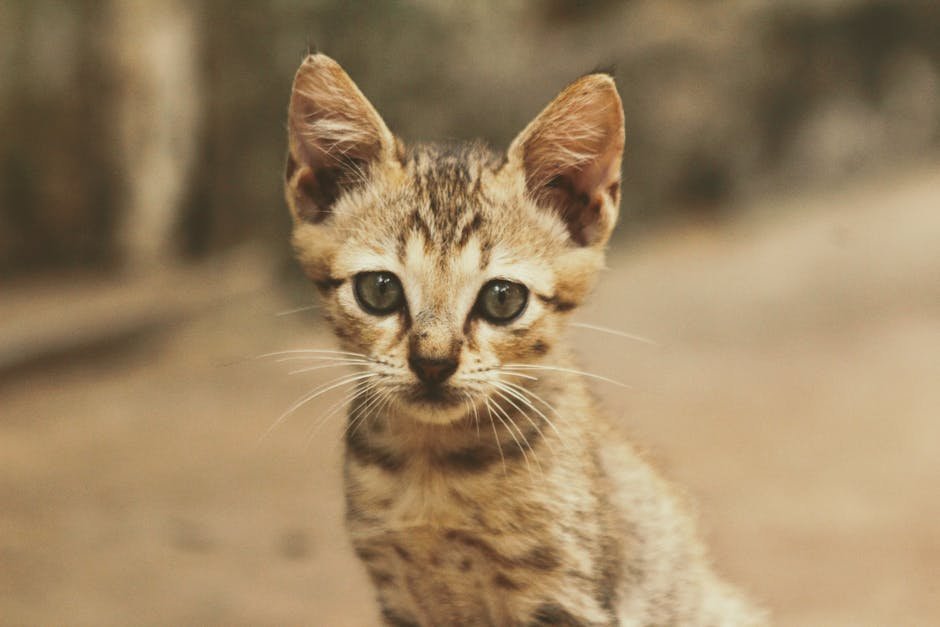
Whiskers have evolved over millions of years, helping cats adapt to various environments and challenges. From the wild jungles to urban landscapes, whiskers have remained an essential tool for survival. This evolutionary success is a testament to the importance of whiskers in a cat’s daily life.
Observing Whisker Behavior
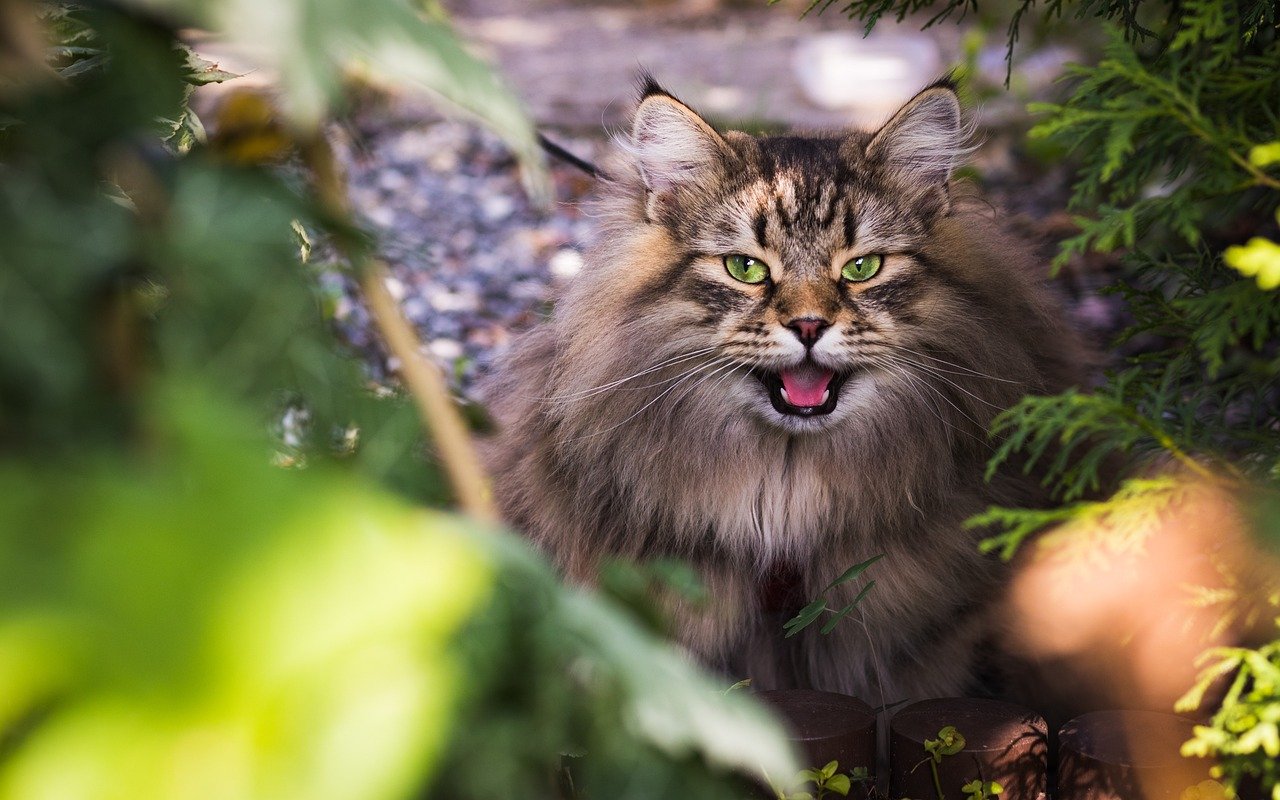
Observing a cat’s whisker behavior can provide valuable insights into its mood and intentions. By paying attention to the position and movement of a cat’s whiskers, owners can better understand their pet’s needs and emotions. This observation can lead to a more harmonious and fulfilling relationship between cat and owner.
The Future of Whisker Research
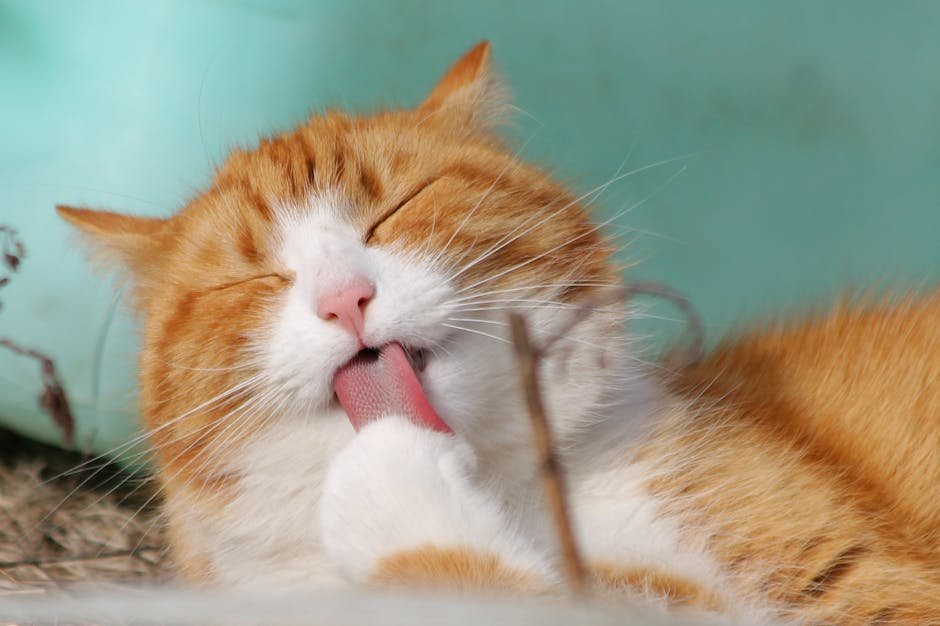
As our understanding of cats and their whiskers continues to grow, new research is shedding light on the complexities of these fascinating structures. From new insights into whisker sensitivity to potential applications in robotics and technology, the future of whisker research holds exciting possibilities for both cats and humans.
Conclusion
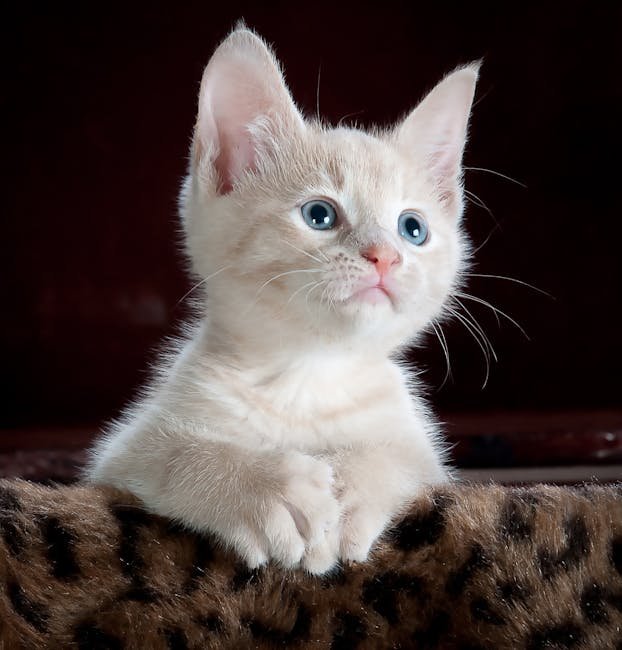
Cats’ whiskers are more than just an adorable feature; they are a vital part of their anatomy that plays a critical role in their daily lives. By understanding the importance of whiskers and respecting their sensitivity, cat owners can provide a supportive and enriching environment for their feline companions. Whether it’s navigating a dark room or expressing emotions, whiskers are an essential tool that helps cats navigate the world with grace and confidence.
Hi, I’m Bola, a passionate writer and creative strategist with a knack for crafting compelling content that educates, inspires, and connects. Over the years, I’ve honed my skills across various writing fields, including content creation, copywriting, online course development, and video scriptwriting.
When I’m not at my desk, you’ll find me exploring new ideas, reading books, or brainstorming creative ways to solve challenges. I believe that words have the power to transform, and I’m here to help you leverage that power for success.
Thanks for stopping by, Keep coming to this website to checkout new articles form me. You’d always love it!






